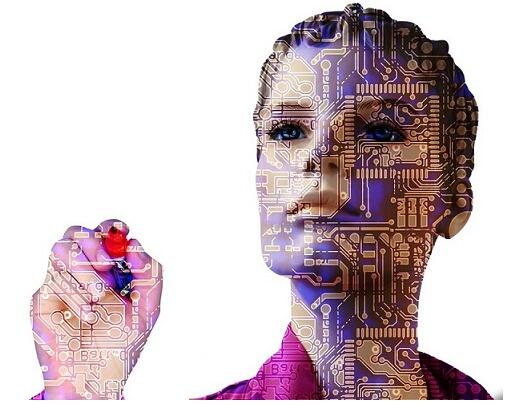Although medical assistants like the "Super Marines" have not yet appeared, as early as a few decades ago, similar products have appeared in the United States, even though it does not move and communicate like white.
The Clinical Decision Support System (CDSS) is a medical information technology application system based on human-computer interaction. It aims to provide clinical decision support for doctors and other health practitioners, and to complete clinical decision-making through data and models. .
The research of CDSS began in the late 1950s. The earliest research direction was that medical experts stored their professional knowledge and clinical experience in the knowledge base through the inference engine, using logical reasoning and pattern matching to help users diagnose. infer.
It was not until the mid-1970s that the world's first CDSS (MYCIN) was born and developed by Stanford University. The system automatically recognizes 51 pathogens based on the input test information and correctly uses 23 antibiotics. It can help doctors diagnose and treat bacterial infectious diseases and provide patients with the best prescription.

Subsequently, various functional features of CDSS emerged, such as Internist-I, QMR of the University of Pittsburgh, ILIAD, HELP of the University of Utah, DXPLAIN of Harvard University, Uptodate of Wolter Kluwer, MD consult of Elsevier.
In the eyes of doctors, it is a highly effective way to improve your diagnosis and treatment with CDSS. For large hospitals to pass the HIMSS EMRAM evaluation system, CDSS (Clinical Decision Support System) is an unavoidable part.
In order to have a comprehensive and systematic understanding of CDSS, the author conducted a survey on more than 30 CDSS companies and products at home and abroad. By studying the market situation of CDSS, combing the concept of CDSS, interviewing the founders of related companies, and letting readers clearly understand CDSS. development trend.
Through this report, you will learn:
First, CDSS can effectively reduce the rate of misdiagnosis and missed diagnosis of primary doctors;
Second, the CDSS market is moving from large hospitals to primary medical institutions;
Third, the huge and reliable clinical knowledge base is the industry barrier of CDSS;
Fourth, domestic and foreign CDSS related enterprise cases.
First, CDSS can effectively reduce the rate of misdiagnosis and missed diagnosis of primary doctors
According to a misdiagnosed data from the Chinese Medical Association, the number of misdiagnosed cases per year in clinical care in China is about 57 million, the total misdiagnosis rate is 27.8%, the misdiagnosis rate of organ ectopic is 60%, and the average misdiagnosis rate of malignant tumors is 40%. For example, nasopharyngeal carcinoma, leukemia, pancreatic cancer, etc., the average misdiagnosis rate of extrapulmonary tuberculosis such as liver tuberculosis and stomach tuberculosis is also above 40%.
In 2016, the Ministry of Health's statistical yearbook showed that in 2015, community health service centers accounted for 44% of the doctors with bachelor degree or above, and the proportion of practicing doctors in township hospitals was lower, only 19%.
For primary care institutions, it takes about 5 to 10 years to train a general practitioner. If these doctors can use CDSS reasonably, they can quickly improve their diagnosis and treatment, speed up the training, and reduce the misdiagnosis of primary care. Missed diagnosis and doctor-patient disputes and other issues.
CDSS contains five correct elements: in the process of diagnosis and treatment, through the right channels, at the right time and the correct intervention mode, to provide the right information to the right people. Therefore, CDSS is an important means to improve the quality of medical care. Its fundamental purpose is to assess and improve the quality of medical care, reduce medical errors, and thus control the expenditure of medical expenses.
At present, most CDSS in the world consists of three parts: the knowledge base, the inference engine and the human-machine interface. It mainly includes the following usage links:
1. Collect, organize, classify, filter, process and establish logical association knowledge points based on the clinical knowledge base;
2. Use warning reminders, information buttons, group medical orders (doctoral packages), document management and expressions of relevant data;
3. Decision support for diagnosis, treatment, nursing, surgery, and rational use of drugs;
4. Provide decision support for the diagnosis, treatment, warning, calculation, and prediction of clinicians for diagnosis and treatment.
Zhejiang Haisheng Medical Device Co., Ltd , https://www.hisernmedical.com